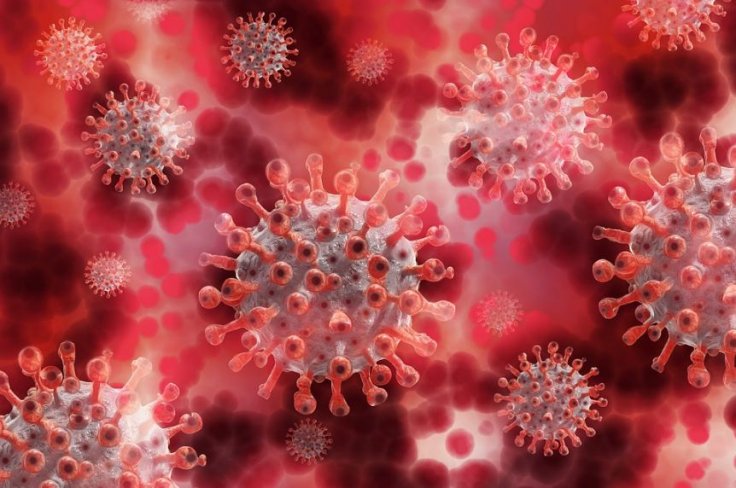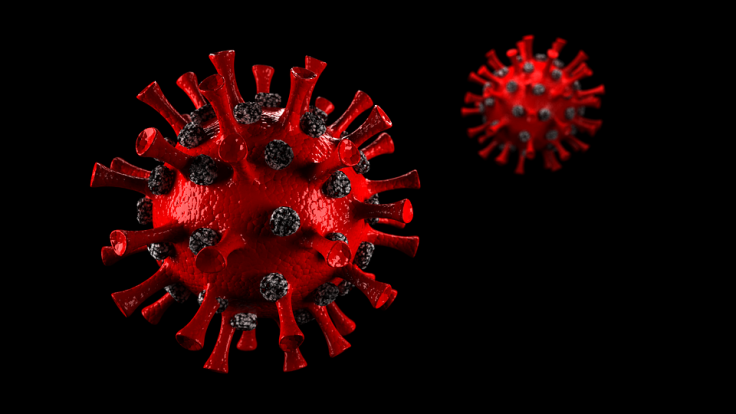The unexpected emergence of the COVID-19 pandemic has sent the scientific community scuttling to find a cure for the novel coronavirus infection. While several researchers have directed their efforts towards finding new cures, some are falling back on existing compounds for answers. Now scientists from the Uppsala University, Sweden, have found that nitric oxide (NO)—a compound known to have antiviral properties and produced by the body as well—is effective against the SARS-CoV-2 virus.
Earlier studies have shown that NO is effective against the SARS-CoV virus—a close relative of SARS-CoV-2—that causes Severe Acute Respiratory Syndrome (SARS). Åke Lundkvist, lead author of the study, said in a statement, "To our knowledge, nitric oxide is the only substance shown so far to have a direct effect on SARS-CoV-2."
Success Against SARS

NO is a chemical compound that is manufactured naturally within the human body. It regulates the widening of blood vessels and the flow of blood between organs. NO also stimulates the release of certain hormones, such as and human growth hormone and insulin.
In case of severe lung failure, NO is inhaled in the form of a gas at very low concentrations. This boosts the blood-oxygen saturation level. During the SARS epidemic in 2003, which also caused lung distress, the use of NO therapy showed successful results.
A crucial factor responsible for these results was the decreased inflammation in the lungs of diseased patients. Also, the unique property of NO—to act both as an antiviral and antibacterial, provide protection against infections—is what has drawn the attention of researchers towards its potential use in treating COVID-19.
Antiviral Effect Against SARS-CoV-2

The current study builds upon the learning from the examination of the SARS coronavirus. NO released from S-Nitroso-N-acetylpenicillamine (SNAP), a nitroso compound, exhibited notable antiviral effect. Now, the research studied how SARS CoV-2 acts when it interacts with SNAP.
Promisingly, SNAP demonstrated a dominant antiviral effect on the novel coronavirus as well. As the dosage increased, the antiviral effect against the virus was found to increase as well. While it did not eliminate or reduce the multiplication of the virus, it showed an inhibiting effect.
"These mechanisms may explain the observed capacity of SNAP to prevent CPE at high concentrations without completely abolishing viral replication," the authors wrote. Cytopathogenic effect or CPE is the structural changes within host cells caused by a viral invasion
Focusing Treatments of Relieving Symptoms

As there are no satisfactory cures against COVID-19, the primary focus of therapeutic management of the disease remains the relieving of symptoms. Not only can this reduce the duration of hospitalization but also decrease mortality among patients. However, so far, no treatment has been shown to have any effect against the virus itself.
"Until we get a vaccine that works, our hope is that inhalation of NO might be an effective form of treatment. The dosage and timing of starting treatment probably play an important part in the outcome, and now need to be explored as soon as possible," expressed Lundkvist.
Next, the research team intends to investigate NO's antiviral effects in its gaseous form against SARS CoV-2. For this, the scientists will devise a laboratory model that will stimulate a feasible type of treatment for patients safely.
Focusing Treatments of Relieving Symptoms









